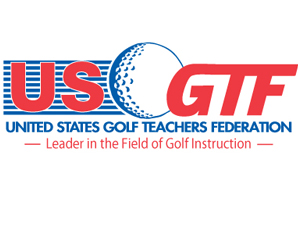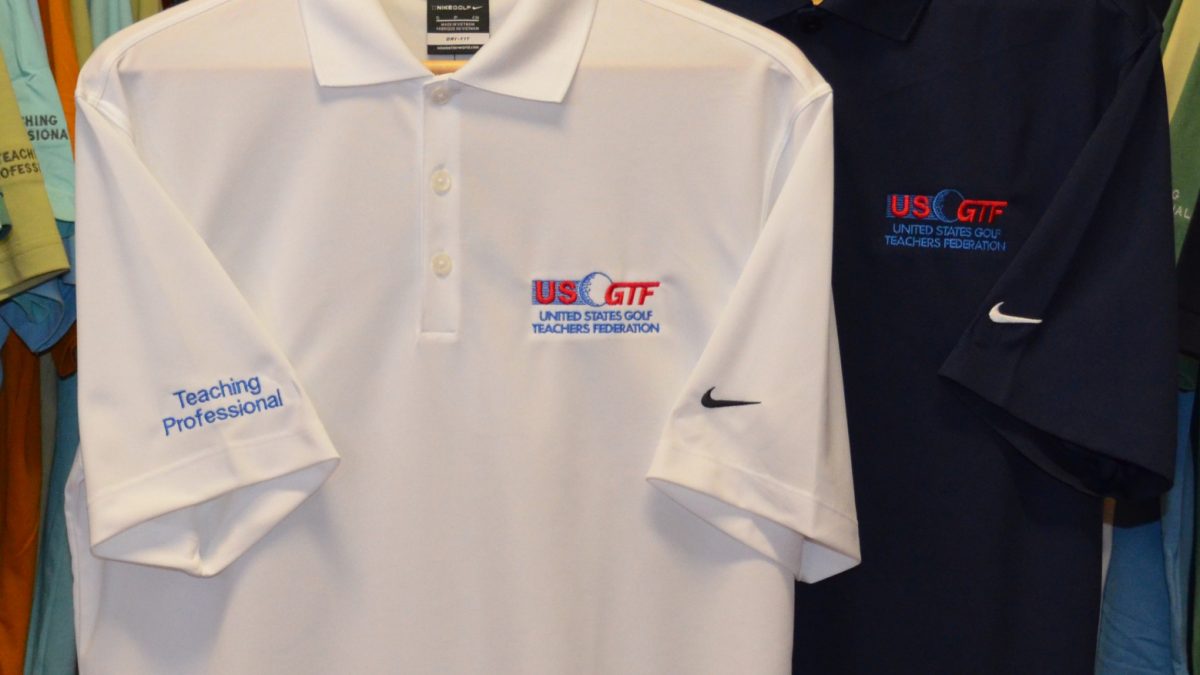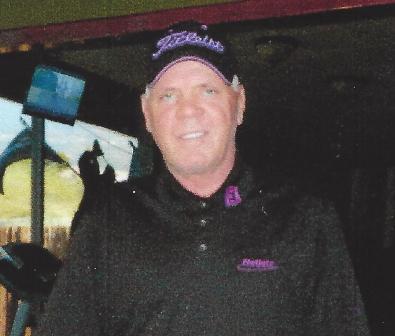Blog
MANAGING EXPECTATIONS
THE GOLF INSTRUCTOR
EDITORIAL – LOOKS LIKE THE GAME IS JUST FINE TO ME
MEMBER BENEFITS FOR USGTF MEMBERS
USGTF MEMBER HOSTS ONLINE RADIO SHOW
MICHIGAN/ONTARIO GOLF TEACHERS TOUR SCHEDULE ANNOUNCED
The Michigan/Ontario Golf Teachers Tour begins its 14th season in May, concluding with the prestigious Kelly Cup in September. Readmore






